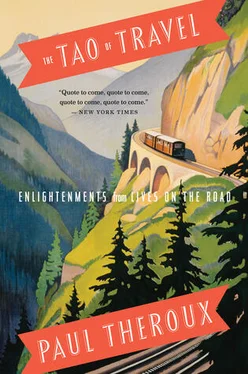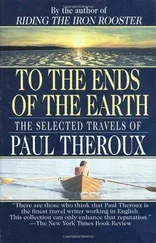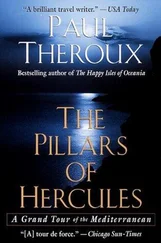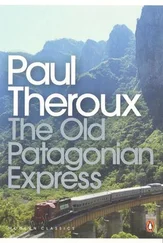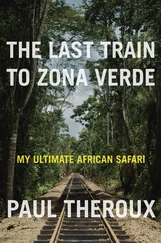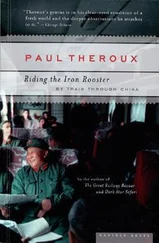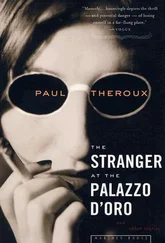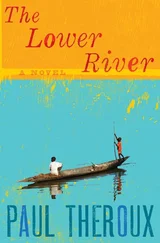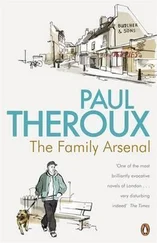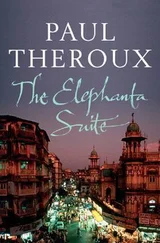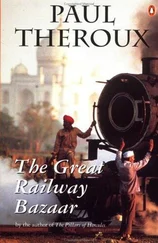But as a set of imaginary journeys to strange cities, it is vastly enjoyable — and it must be enjoyed rather than analyzed or probed, or it will fall apart. The cities have themes — the cities representing memory, desire, signs, eyes; thin cities, trading cities, hidden cities; cities and the dead; continuous cities. Though the book is short, the 164 chapters keep repeating the cities' themes, with variations. Much could be made of the fact that all the cities, more than fifty of them, have women's names — Dorothea, Zenobia, Sophronia, Trude, and so forth. And perhaps these names stand for the siren song that the traveler hears, the romance of far-off places.
The wise observations, travelers' truths, relieve the repetitious narrative: "The more one lost in unfamiliar quarters of distant cities, the more one understood the other cities he had crossed to arrive there; and he retraced the stages of his journeys, and he came to know the port from which he had set sail, and the familiar places of his youth." Another: "Arriving at each new city, the traveler finds again a past of his that he did not know he had: the foreignness of what you no longer are or no longer possess lies in wait for you in foreign, unpossessed places." This is ingenious and strikes me as true.
In another city, Adelma, Marco sees a vegetable vendor and recognizes his grandmother, and thinks: "You reach a moment in life when, among the people you have known, the dead outnumber the living. And the mind refuses to accept more faces, more expressions: on every new face you encounter, it prints the old forms, for each one it finds the most suitable mask." That is an accurate expression of the traveler's imagination, and a polite way of illustrating Sir Richard Burton in Arabia seeing Maula Ali, "a burly savage, in whom I detected a ridiculous resemblance to the Rev. Charles Delafosse, an old and well-remembered schoolmaster."
It is misleading, I think, to look for echoes of Borges in Calvino's work. Borges creates new worlds, yet many of Calvino's cities, for all their exoticism, seem quite familiar. Here is the city of Chloe: "In Chloe, a great city, the people who move through the streets are all strangers. At each encounter, they imagine a thousand things about one another; meetings which could take place between them, conversation, surprises, caresses, bites. But no one greets anyone; eyes lock for a second, then dart away, seeking other eyes, never stopping." How is this city different from Chicago or Paris?
Other cities are purely satirical — cities where fashion is an obsession; cities that do not begin or end ("Only the name of the airport changes"); cities where memories are traded.
What does it add up to? Certainly it is a critique of travelers' tales and reminiscences about cities, litanies that are no more than variations on a theme. And perhaps these cities, apparently hermetic and separate and far-flung, are the same city, observed or remembered according to a particular mood.
The book — seeming more of a puzzle than it actually is — also tells us a great deal about how we live in cities, how we adapt to new cities, how even the most terrifying cities can be habitable. My own feeling (and it seems to be Calvino's too) is that city dwellers invent the cities they live in. The great cities are just too big to be comprehended as a whole, so they are invisible, or imaginary, existing mainly in the mind. A New Yorker lives in his or her version of New York, creating a city that is familiar and unthreatening, not the enormous, multilayered, and towering place but a particular set of friends, houses, shops, restaurants, theaters, and, crucially, a complex network of routes — streets, trains, and neighborhoods that are safe and supportive. In his book of apparently extravagant fables, Calvino shows us how we accommodate ourselves to the real world.
Jan Morris: Last Letters from Hav
HAVING TAKEN NUMEROUS journeys across the world — one of the most widely traveled of living writers — Jan Morris invented a country, gave it a history, art, religion, and literature, and was so scrupulous in her details that people earnestly asked her afterward where exactly it was and how they might visit.
The imaginary country of Hav seems to be in the eastern Mediterranean, and has not only a highly diverse population of Muslims and Christians, but also an ancient indigenous population, of troglodytes possibly of Celtic origin, who named Hav, their word (and the Welsh word) for summer. The troglodytes are called the Kretev, "thought to be etymologically related to the Welsh crwydwyr, wanderers."
One of the annual festivals is the Roof Race, where contestants leap from roof to roof across Hav.
Many distinguished visitors to Hav recorded their impressions: Chekhov, Lady Hester Stanhope, Ibn Battuta, and Marco Polo — the greatest and most literate of travelers. But also we learn that later visitors included Noël Coward, Coco Chanel, Thomas Mann, Winston Churchill, James Joyce, and Sir Richard Burton. Marco Polo remarked on Hav as "a place of strange buildings and rites, not like other places." The elaborate architecture is described, with quotations from Alexander Kinglake, Mark Twain, D. H. Lawrence, and others.
The narrator says, midway through the book, "The meaning of Hav is easy."
In terms of politics, art, war, and climate, Hav is the essence of the Mediterranean, a cultural confusion, layer upon layer, Greek, Turk, Italian, the great glittering talkative mass of conquerors and imperialists and evangelists — and writers: Edward Lear, James Joyce, Richard Burton, T. E. Lawrence.
"But then the advantage of going native in Hav is that nobody knows what native is… you can take your choice!"
In this believable book, Jan Morris, the writer who has been everywhere, has created out of her travels and her reading a sunny, polyglot nation that is claimed by many nationalities, but in its very complexity is a fragility. It is, incidentally, also a way of showing how the somewhat despised Kretevs — those ancestors of the Welsh, of whose nation Jan Morris is a proud member — have been overwhelmed. Though the book is partly a satire on the multicultural Mediterranean, it is also a capriccio — one of the few successful ones I know in fiction — goodhearted, learned, and enlightening.
I asked Jan once what was going through her head as she was writing it. She said, "I wrote Last Letters from Hav because I had come to realize that I had never scratched more than the surface of any place or period I'd ever written about, and it was intended to be an allegory of civic and historical complexity — though nobody ever read it that way."
17. Everything Is Edible Somewhere
"YOU MUST HAVE EATEN SOME WEIRD STUFF," I am frequently told. I quite liked fufu (mashed yams) in Nigeria, and snake and turtle in China; I drew the line at owlet, because I felt sorry for those vexed-looking birds roosting in a cage, waiting to be chosen for a meal. One night I bought one at a restaurant, at the chef's suggestion. And I set it free, much to his consternation. Cow's tendon in soup, looking like shreds of Tupperware, was not tasty. ("If it has four legs and is not a chair, has wings and is not an airplane, or swims and is not a submarine, the Cantonese will eat it," Prince Philip once said, and was booed.) I ate some sparrows in Burma and reported on them in The Great Railway Bazaar. Alligator tail on the Zambezi was fairly common, served in stew or as steaks. "Carrion and garbage of every kind can be eaten without the stomach rejecting it," Francis Galton wrote in the chapter "Revolting Food That May Save the Lives of Starving Men" in The Art of Travel. "Life can certainly be maintained on a revolting diet."
Читать дальше
